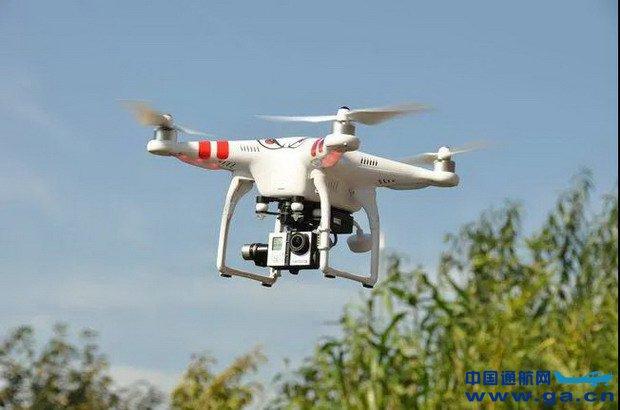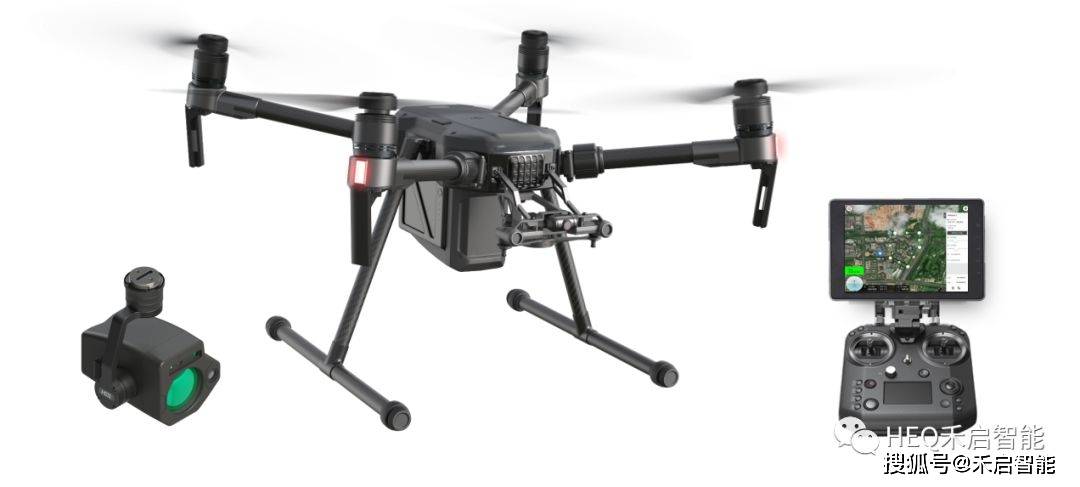In recent years, the groundbreaking integration of drones with thermal camera technology has revolutionized various industries, offering enhanced capabilities for inspection, surveillance, and even emergency response. These advanced drones, equipped with thermal imaging sensors, provide invaluable insights by detecting temperature variations that are invisible to the naked eye. Whether employed in firefighting missions or wildlife monitoring, drones with thermal cameras have become indispensable tools.
Drones with thermal camera capabilities utilize infrared radiation to visualize heat emissions from objects and surfaces. This sophisticated technology enables users to identify structural defects, locate individuals in hazardous environments, and monitor ecosystems with unparalleled precision. Thermal imaging is particularly advantageous in scenarios where visibility is compromised, such as smoke-filled areas or nighttime operations. Consequently, thermal drones have seen increased deployment in public safety, construction, energy, and environmental sectors.
One of the profound advantages of drones with thermal cameras lies in their application in firefighting. Firefighters now deploy these drones to effectively survey burning structures, assess the extent of fires, and pinpoint trapped individuals in smoke-obscured surroundings. By capturing thermal data, drones can guide rescue teams by mapping out the safest paths and detecting hotspots to plan precise intervention strategies. Additionally, drones equipped with thermal imaging play a vital role in environmental conservation. By monitoring wildlife populations and their habitats through thermal signatures, researchers can gather essential data without disturbing the ecosystem. This contributes to more informed conservation efforts and better protection for endangered species.
The construction industry has also reaped the benefits of drones with thermal camera technology. Surveyors and builders utilize thermal drones to inspect buildings for energy efficiency by identifying heat leaks or insulation failures. This capability ensures that structures adhere to sustainable practices, ultimately reducing energy consumption and costs. In the energy sector, drones help inspect power lines and solar panels, detecting anomalies that may lead to system failures or inefficiencies, thus promoting proactive maintenance.
While the advancements in drone and thermal camera technology are remarkable, potential users must consider regulations and ethical implications. Privacy concerns may arise with surveillance applications, necessitating adherence to guidelines and respectful usage. As regulations are refined, operators must stay informed and compliant to leverage the technology responsibly.
Frequently Asked Questions
- How does a thermal camera work on a drone?
Thermal cameras detect infrared radiation, translating it into images that represent heat levels. This allows drones to capture thermal data, presenting visuals based on temperature variations. - Can these drones be used in search and rescue missions?
Absolutely. Drones with thermal cameras are invaluable in search and rescue operations, especially in challenging conditions, like locating individuals in smoke or darkness by their heat signatures. - What industries benefit the most from drones with thermal cameras?
Industries like public safety, construction, energy, and environmental conservation have greatly benefited from the precision and insight offered by drones equipped with thermal imaging technology.

